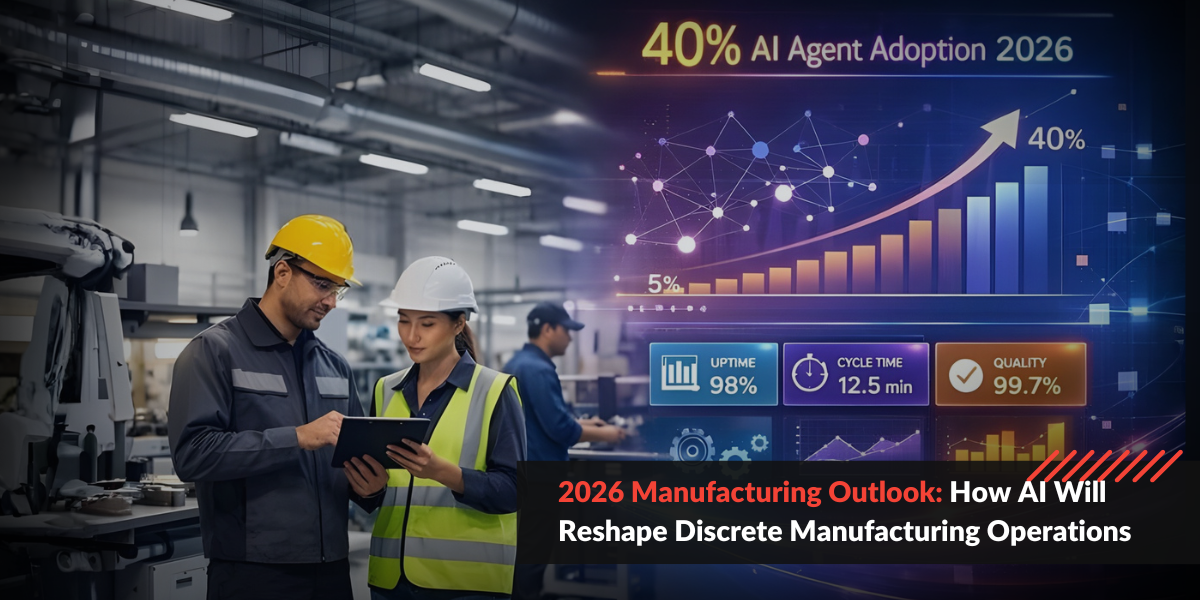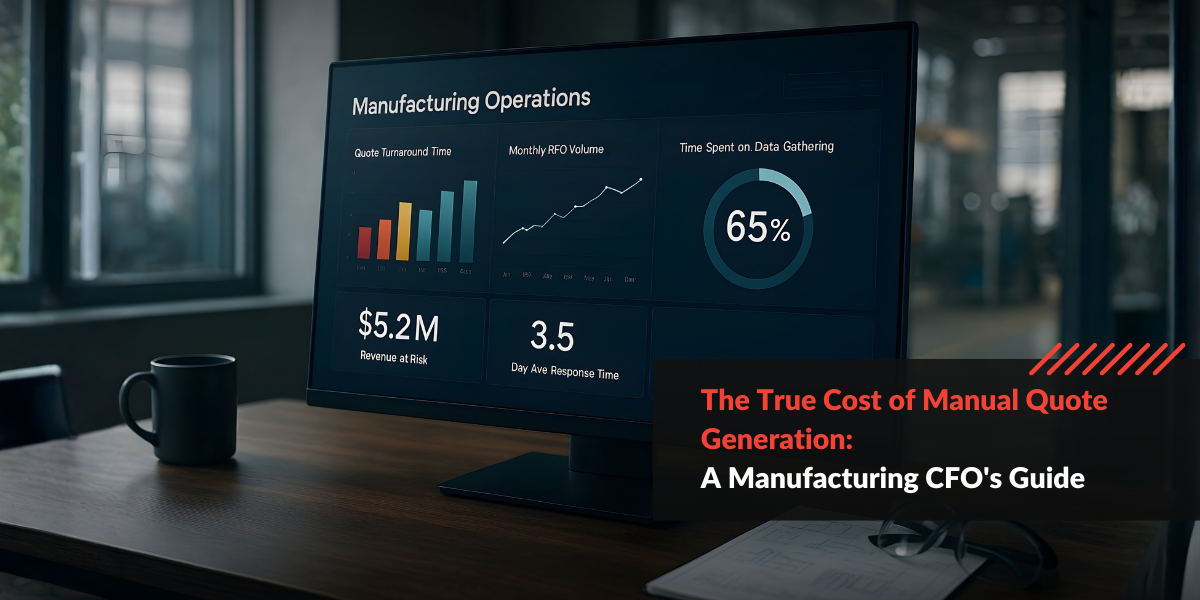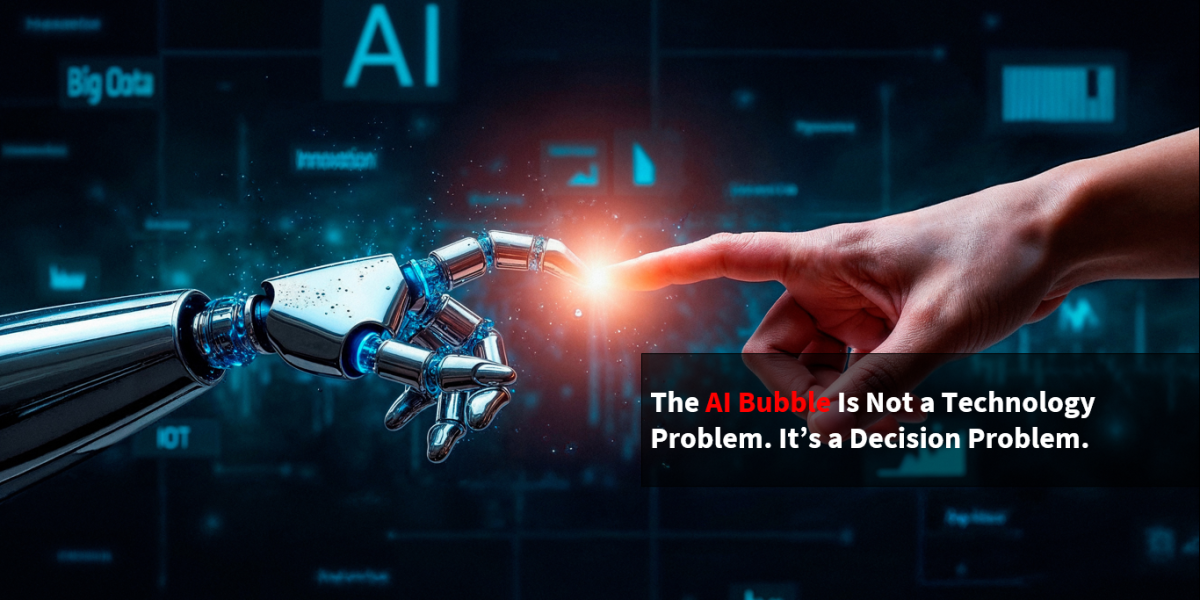History has seen many gold rushes. People ran to the mountains, chasing glitter and promise, often with little more than hope. Some struck gold. Many more returned empty-handed.
Today, AI feels a lot like that. The noise is deafening, the pace is frantic, and early movers are racing to stake claims. But behind the headlines, the reality looks different. Recent research shows that nearly 3 out of 4 firms haven’t captured real business value from AI. More than half admit they don’t fully understand the risks, leaving critical gaps in oversight and security.
It raises a tough question: Are we chasing AI adoption, or are we building AI that truly works for the business?
The Hype Cycle Repeats Itself
This isn’t the first time we’ve seen this pattern. Think back to the early RPA (Robotic Process Automation) wave. Overnight, every automation was suddenly branded “intelligent.” The label mattered more than the outcome.
We’re seeing the same story unfold with AI today. “Agentic” has become the new buzzword. But not everything labeled as an AI agent is truly agentic.
Clarity matters — not for semantics, but for execution.
Breaking Down the Basics
Let’s get clear on terms that often blur together in the noise:
– Task → A single, bounded job. For example, “extract invoice totals.”
– Agent → Software with autonomy. It can pursue a goal, plan steps, recover from failures, and adapt.
– Agentic Workflow → A flexible sequence of steps that adapts to context, unlike a static script.
– Orchestration → The control layer. It governs how multiple agents, data, and systems interact — securely, with audit trails and rollback.
Why does this distinction matter? Because executives don’t want demos. They want results. Clear words lead to clear architectures, and clear architectures lead to measurable outcomes.
What Actually Creates Value
The gap between hype and value isn’t inevitable. Enterprises that see returns from AI share a common playbook:
1. Anchor AI to Measurable Outcomes: Instead of chasing pilots, they align AI with business metrics: revenue impact, error reduction, service quality.
2. Make Governance and Visibility Non-Negotiable: They treat AI like any other enterprise system — with compliance, auditability, and oversight baked in.
3. Embed AI in the Operating Model: It’s not about isolated experiments. It’s about weaving AI into the fabric of daily processes.
The result is that AI becomes not just a “project” but a dependable driver of outcomes.
Winners Aren’t the First Movers — They’re the Builders
The AI gold rush has created a wave of early adoption, but speed alone doesn’t guarantee success. History shows us that in every rush, the ones who prospered weren’t always those who dug first. They were those who built systems, supply chains, and infrastructure that endured long after the noise faded.
The same will be true for AI. The winners won’t be defined by how quickly they adopted AI agents. They’ll be defined by how responsibly they embedded them — tying them to outcomes, scaling with governance, and building for sustainability.
The Takeaway: From Rush to Foundation
The story of AI is shifting. The hype will settle. The noise will fade. What will remain are the foundations enterprises chose to build today.
The real measure of success isn’t how fast you ran into the gold fields. It’s whether you built something that lasts when the rush is over.




